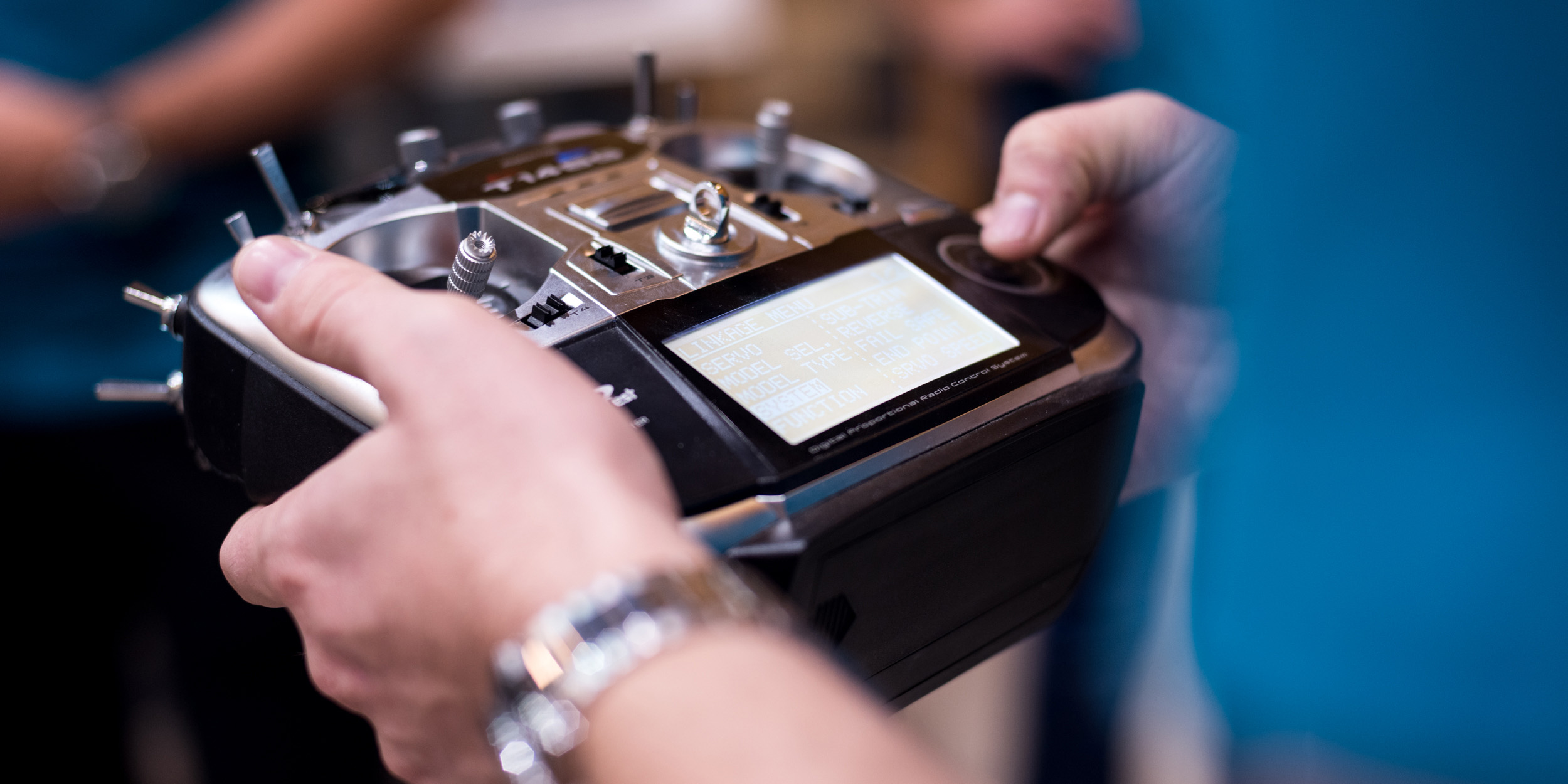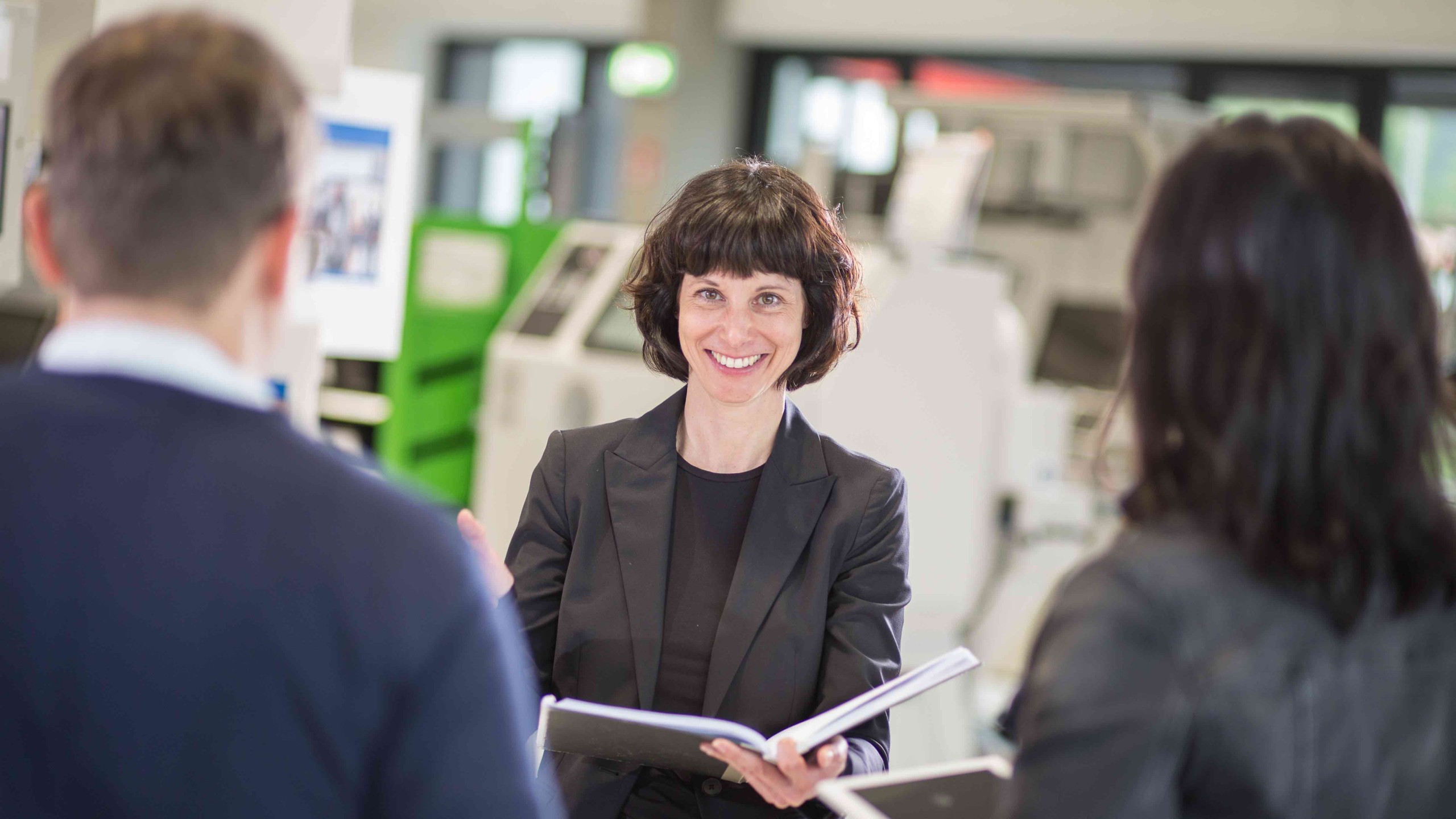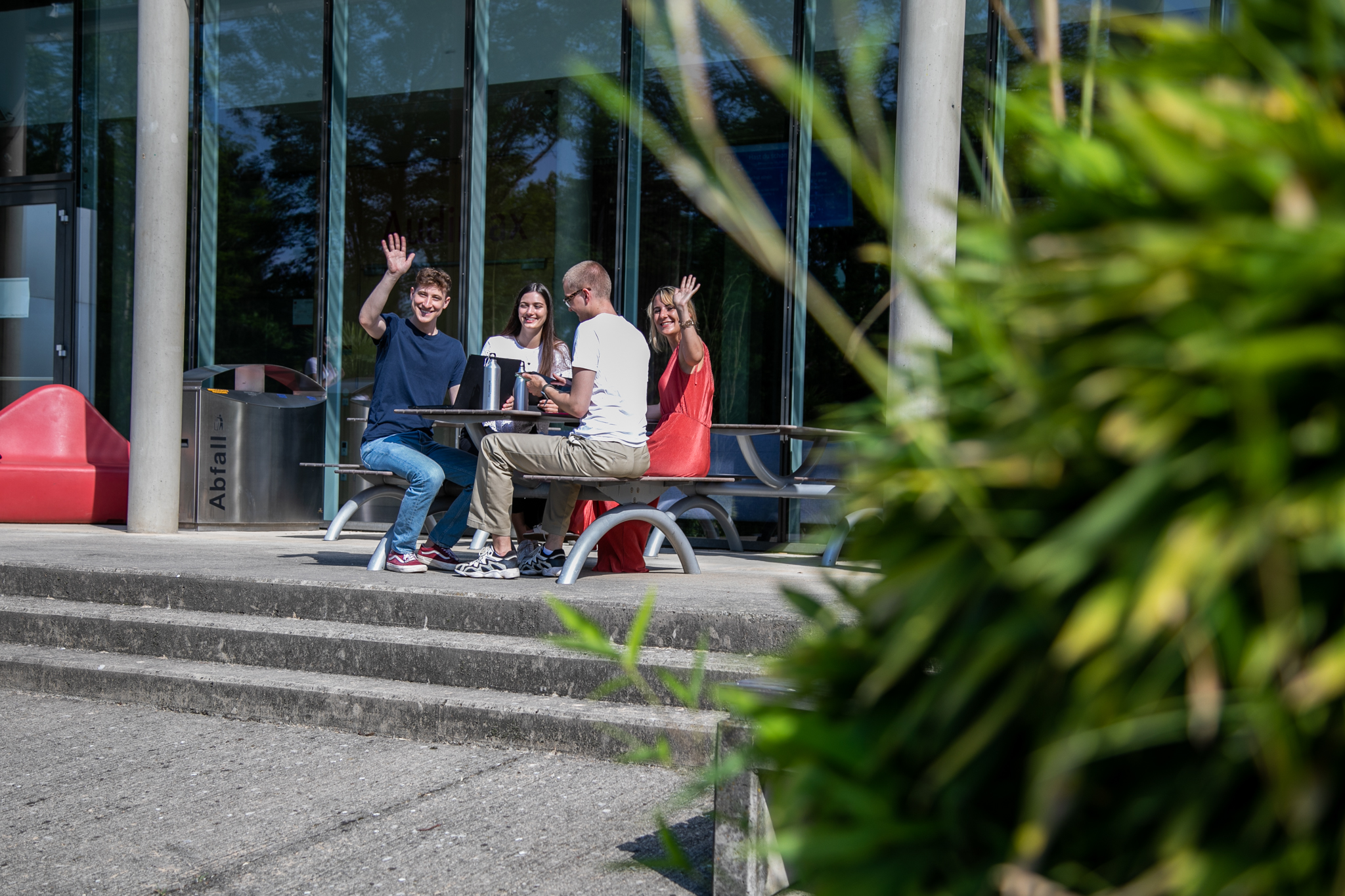Aiming for the top: each year, Aviation students at FH JOANNEUM enter various competitions. And once a year, it’s the turn of the Design/Build/Fly team to put their skills to the test in the USA. And now that time has come!
joanneum Aeronautics: jetting off into international airspace
Eva-Maria Kienzl
The students of the FH JOANNEUM Design/Build/Fly team enter the competition in America each year with an aircraft they have designed and built themselves. (© FH JOANNEUM / Maximilian Thum)
joanneum Aeronautics is the name of the student team which rules the skies at FH JOANNEUM. Master’s students from the Aviation course work with students from the Bachelor’s course of the same name to address the latest issues in aviation. They design and build new aircraft and put their skills to the test in various competitions. The Design/Build/Fly team in particular regularly travels overseas to take part in the annual competition of the American Institute of Aeronautics and Astronautics (AAIA). Seven Aviation students are currently in Wichita, Kansas, and a student from the Engineering and Production Management team is taking part for the first time. This input of knowledge from other institutes should help the team to continue to improve in the future.
Two weeks in America – it might sound like a holiday to many Europeans but it means hard work and lots of preparation for the students of the Design/Build/Fly team. Each year, the core team of Master’s students reforms during the first semester of the course. Students from the Bachelor’s course also contribute to the development process and at some point themselves become part of the core team.

The current Design/Build/Fly team comprises around 20 students. They work on their aircraft with great dedication – all outside of the teaching times. (© FH JOANNEUM / Maximilian Thum)

Changing team members means more time spent on training and organisation but also brings new ideas and fresh motivation. And this is much needed because each year brings new design challenges. The students apply the knowledge they have learned in the lectures and develop innovative new concepts. Last year brought the Crossbow aircraft, which certainly lived up to its name. With the appearance of a foldable crossbow, it is able to carry ice hockey pucks and fold up to fit inside a tube.
Rubber balls as passengers
This year brought some different challenges for the students to tackle in terms of designing and building their unmanned aircraft: rubber balls of max. 70 grams and different sizes have to be transported by the aircraft along with blocks weighing up to 250 grams. The flights are to take place along short and long routes. The rubber balls represent passengers and the blocks represent the payload. Like with real aircraft, they have to be securely transported to their destination in two separate compartments.
On the ground, maintenance and repair activities have to be completed: specific aircraft systems have to be changed in max. 3 or 5 minutes. This is determined by a throw of the dice – it may be the main battery, the landing wheel or the engine.
The primary goal is to minimise the wingspan and empty weight and to maximise payload. In order to make it to America, the teams have to pass through a preliminary round. A draft is submitted as part of this process. joanneum Aeronautics passed this hurdle with flying colours: their good design secured them the 15th starting place. This is a big advantage: the lower starting number means that they can take part in all the missions – a good situation for achieving a top score. The design also plays a role in the competition in America in which around 100 teams will take part.
joanneum Aeronautics enters various competitions. In addition to the Design/Build/Fly team, students are also working on unmanned aircraft as part of the Drone-Tech team. Or more specifically – they are working on new drones. Other students from joanneum Aeronautics will be taking to the cockpit to take part in the Austrian Precision Flying Championships.










